Are you aware that some aftermarket parts are installed at service centers? These inferior parts may put customers at risk and also jeopardize corporate reputation.
One of China's most prestigious automotive companies services trucks through a network of more than 900 service centers nationwide. A wide variety of spare parts is required for their work. The service stations repair the vehicles while the company organizes the supply of spare parts. All cooperating component suppliers meet the relevant standards to guarantee customer safety. However, 90% of service centers operate on the basis of a franchise agreement, and their owners rely on a paper-based form of data recording. As a result, timely inventory determination is extremely difficult.
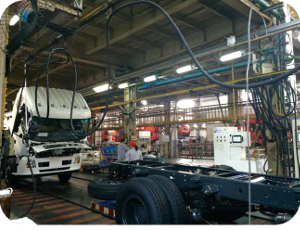
The lack of a proper data management system makes the identification and receipt of a large number of diverse parts inefficient and time-consuming. First, the order from each service point is sent to headquarters. When a shipment of ordered goods arrives at the receiver, the receiver records its delivery and transfers it to the warehouse. Before the goods are put away at the appropriate location, the operator confirms the qualitative and quantitative compliance of the shipment in relation to the order. Unfortunately, this is a very time-consuming process that inevitably generates increased labor costs. In addition, received parts cannot be tracked on an ongoing basis. Consequently, this leads to numerous gaps in the register and large discrepancies between inventory ordered and sales and inventory levels. In a way, this is an incentive for unethical franchisees to fill the resulting gaps with parts from other sources to generate more profit.
The company's immediate problem is proper data management - to avoid manipulation of inventory reports. CipherLab 9700 data terminal was chosen to reform the described process due to its versatility and exceptional reliability of Wi-Fi connection. The device has been successfully deployed in a variety of warehouse environments, with the added benefit of effectively counteracting unforeseen interruptions in wireless communication.
How to implement a solution for the problem described above from a service center perspective:
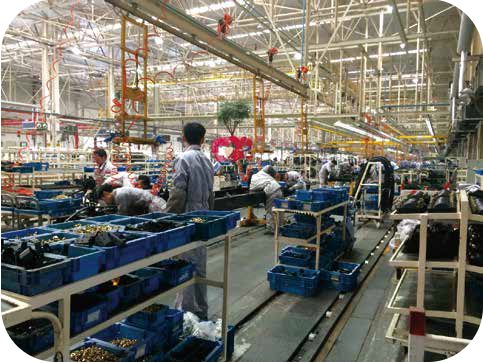
Pickup
Upon receipt of the delivery, the receiving operator scans the bar codes on the order form using the 9700 terminal. The goods are automatically marked for acceptance and the quantities of each product are counted. Then, by checking off the items on the list, the operator verifies that the correct quantities of products have been received for the order. Confirmation, using Wi-Fi, is transmitted directly to the ERP system. Warehouse system processes received barcodes to the format applicable within the company and sends the generated data to the device. Terminal, in turn, thanks to Bluetooth communication with the mobile printing device, gives the command to print a new label. Goods with the new label can go to the assigned warehouse location.
Receiving and picking
The operator uses a CipherLab 9700 terminal, scanning the codes of goods received into the warehouse, in order to assign them a location. The device reads the code and indicates the location of the goods. The reverse process is the release of goods for service. The person responsible for product picking receives a parts release form from the service technician performing the order. The document created in the ERP system is a list of components necessary for proper repair. By scanning the code from the form, the operator receives a full list of products and their location in the warehouse. After finding each of the items, the operator scans the location code located on each shelf in the warehouse, and then approves the procedure for the collection of goods. Thanks to the continuous communication of the device with the ERP system, the information is sent to the database, reducing the inventory by the retrieved items.
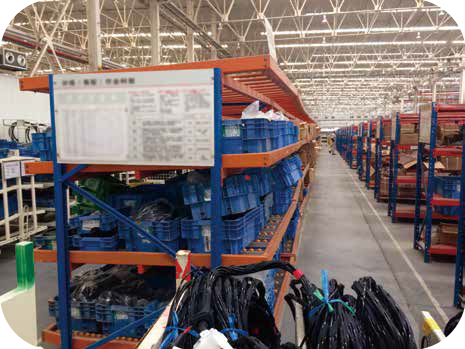
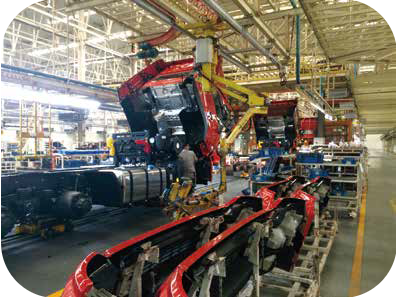
Completion of repair
A complete set of materials needed to complete a service order arrives at the workshop. Mechanic, using CipherLab 9700 data terminal, scans every single component confirming its use. Thanks to wireless communication, information about the use of materials goes directly to the system, updating its status.
CipherLab 9700 runs continuous data synchronization between the device and the ERP system. Thus, the level of inventory can be observed in real time, allowing for automatic triggering of replenishment based on real data from the system. In addition, every movement of goods within the warehouse is recorded, ruling out any possibility of data manipulation.
Automation of the flow of goods in the company brings many improvements, including reduction of downtime and minimization of the human factor and errors associated with it. The device helps control the accuracy of data at every stage of the product journey - from receipt to release at the destination.
As a result, the implemented system has successfully eliminated frequent frauds and additionally enabled employees to perform much more tasks in a shorter time. The solution also brings significant improvements related to the verification of the authenticity of components and inventory control. The choice of CipherLab 9700 terminal proved to be ideal to protect the interests of the company and its customers.
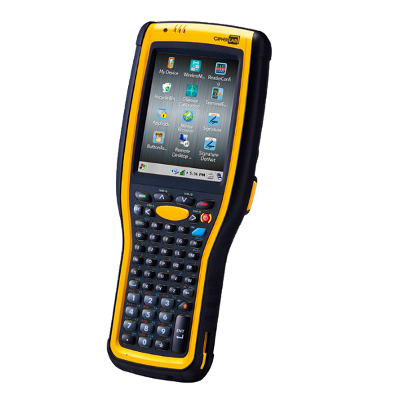
Prepared by: Koncept-L based on materials from CipherLab marketing department

